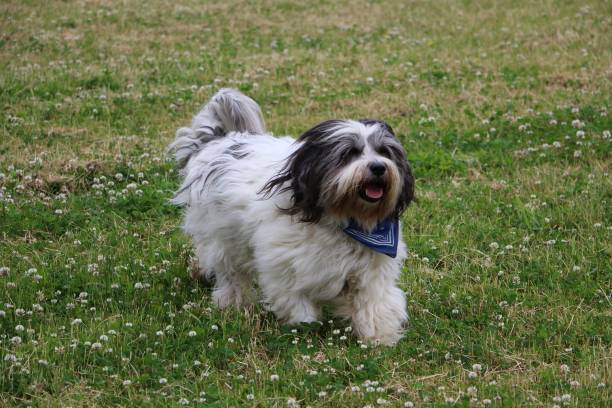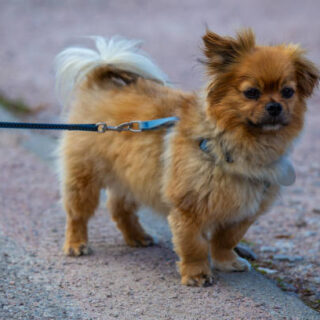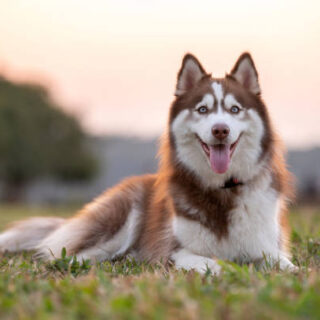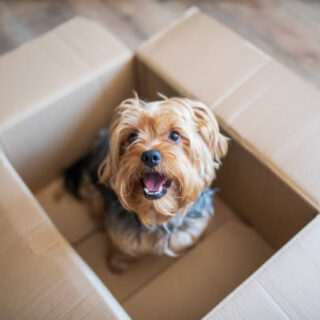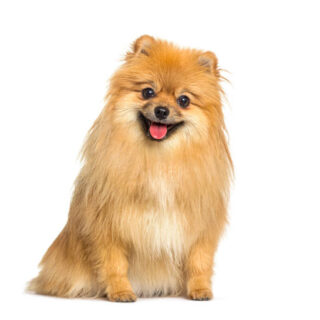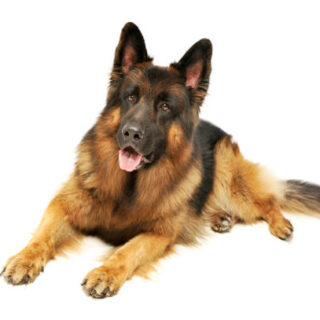Your cart is currently empty!

Single Product
Polish Lowland Sheepdog
Polish Lowland Sheepdog Polish Lowland Sheepdog: The Polski Owczarek Nizinny is the name of the breed in Poland and this it is shortened to the acronym and they are affectionately known as PONS. He is often born without a tail and his compact build owes something to the Puli which is credited as an ancestor.…
Description
Polish Lowland Sheepdog
Polish Lowland Sheepdog: The Polski Owczarek Nizinny is the name of the breed in Poland and this it is shortened to the acronym and they are affectionately known as PONS. He is often born without a tail and his compact build owes something to the Puli which is credited as an ancestor. It is thought that there were Polish Lowland Sheepdogs in Scotland from the 16th Century, brought by Polish sailors and exchanged for other animals, so he might well have played some part in the ancestry of some of our native sheepdogs.
General appearance
Medium size, cobby, strong, muscular, fairly long, thick coat.
Characteristics
Lively but self-controlled, watchful, bright, clever, perceptive with excellent memory. Easy to train, works as a herding and watch dog.
Temperament
Alert, equable.
Head and skull
Medium size, proportionate to body, not too heavy, carried moderately low. Profuse hair on forehead, cheeks and chin make head appear larger than it is. Proportions of occiput to stop and stop to nose approximately equal, but muzzle may be fractionally shorter. Skull moderately broad, slightly domed, furrow from stop to occiput apparent when handled. Well-defined stop. Nose blunt, wide-opened nostrils, colour dark as possible.
Eyes
Medium size, lively penetrating gaze, oval-shaped. Colour hazel to brown. Eye rims as dark as possible, closely fitting and showing no haw.
Ears
Medium size, heart-shaped, large at base and set moderately high, drooping with fore edge close to cheeks.
Mouth
Jaws strong with a perfect, regular and complete scissor bite, i.e. upper teeth closely overlapping lower teeth and set square to the jaws. Strong and evenly placed teeth. Lips tightly closed and as dark as possible.
Neck
Strong, muscular, medium length without dewlap.
Forequarters
Shoulders well placed with good lay-back, muscular. Legs when viewed from front or side, straight with slightly slanting pastern.
Body
Rectangular rather than square when viewed from side. Deep brisket with moderate spring of rib, neither flat nor barrel shaped. Withers distinctly marked; back level, muscular, with broad loin. Belly slightly drawn up. Croup short and slightly sloping. Proportions height to length as 9:10.
Hindquarters
Well angulated, with broad and well-muscled thigh. From behind, legs straight, turning neither in nor out. Hocks strong and distinctly angled.
Feet
Oval, slightly arched but tightly fitting toes, with hard pads, nails dark.
Tail
Previously customarily docked. Docked: Previously customarily docked if not born tailless or stumpy. Undocked: Any length acceptable, longer tails well covered with hair. Tail set is a continuation of croup. Carried high and slightly curved over back when alert. Never curled over back. At rest, tail hangs low.
Gait/movement
Smooth walking or trotting. Inclined to amble.
Coat
Whole body covered with long dense, shaggy thick coat of harsh texture with soft undercoat, but never impeding the dogs movement/action. Long/profuse hair on head, falling forward over the eyes in a characteristic manner, but not impeding the dogs vision. Slight wave permissible. No loose skin anywhere on body. No evidence of coat trimming to enhance or change the natural outline of the dog.
Colour
All colours other than merle acceptable.
Size
Height: dogs: 45-50 cms (17 3/4 -19 3/4 ins); bitches: 42-47 cms (16 1/2 -18 1/2 ins).
Faults
Any departure from the foregoing points should be considered a fault and the seriousness with which the fault should be regarded should be in exact proportion to its degree and its effect upon the health and welfare of the dog and on the dogs ability to perform its traditional work.
Note
Male animals should have two apparently normal testicles fully descended into the scrotum.
